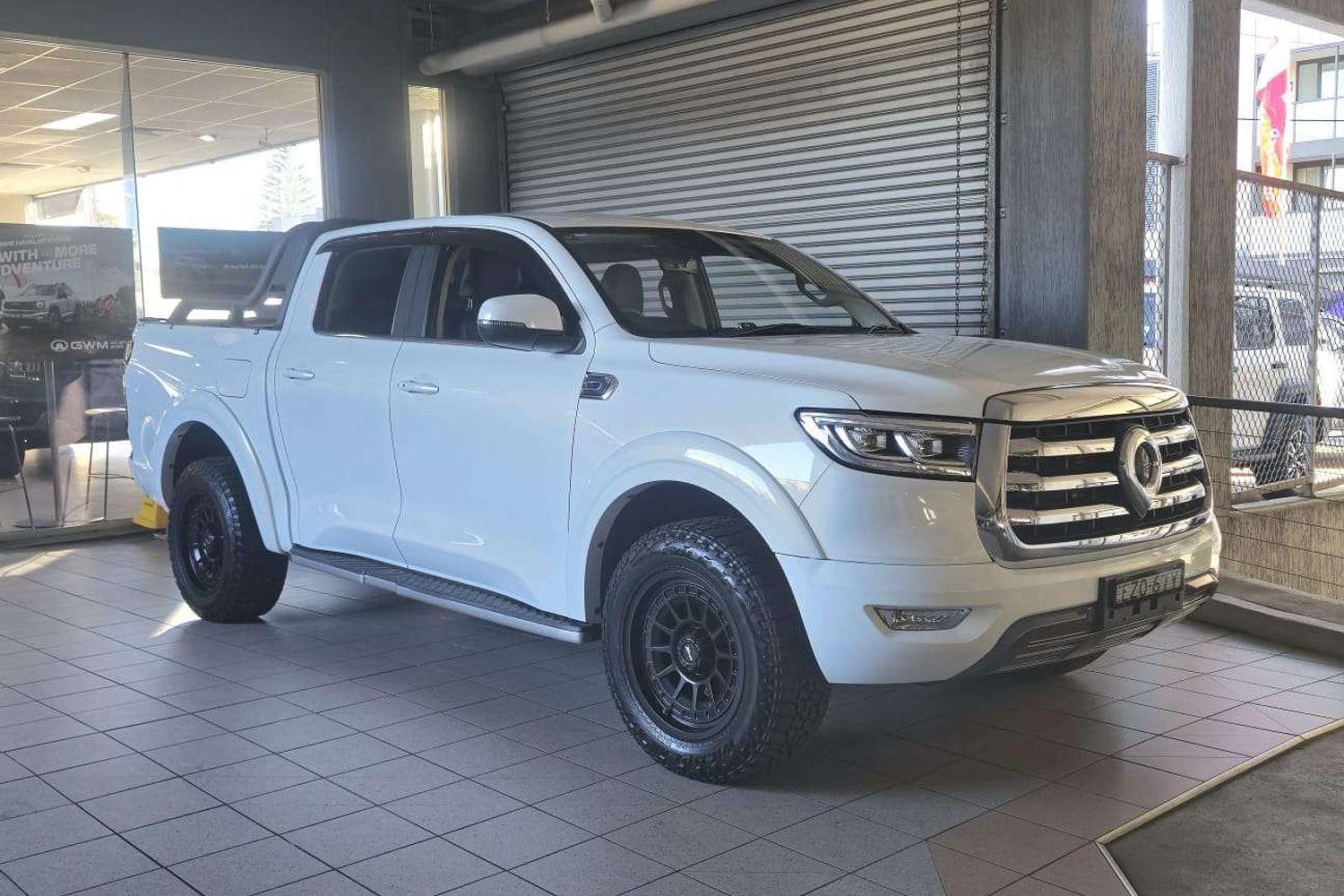2008 Jeep KK Cherokee Review
Jeep introduced the third generation Jeep KK Cherokee in early 2008, just seven years after the KJ.
Jeep had coped a fair amount of criticism from enthusiasts that didn't like the rounded styling and reduced interior space of the KJ, so the return to more traditional lines was welcome.
The new model had a more traditional, 'boxy' style with squared off corners, upright seven slot grille and prominent wheel arches. In short it looked like a Jeep, with styling cues borrowed from the original 1994 XJ Cherokee, but this was where the comparison ended. The KK also looked a little like the Dodge Nitro and the bigger Jeep Commander from some angles. The Cherokee accounts for 30 percent of all local Jeep sales in 2007, so there was much riding on its success.
The KK was a more refined, bigger and purposeful vehicle than before. The body was substantially longer, yet the overall length was marginally less than the superseded model. This was achieved by removing the spare wheel from the back door to under the vehicle. The wheelbase was increased by 45mm and there was 25cm more usable interior space. This may not sound like much, but it did make an enormous difference. The track was 23mm wider aiding stability and the turning circle was significantly improved.
The Cherokee was powered by two familiar powerplants - a 3.7-litre V6 petrol and 2.8-litre turbo-diesel. Both were tweaked to produce minimal increased power and torque, with the 3.7L producing 1kW and 7Nm more than before at 151kW at 5200rpm and 314Nm at 4000rpm.
The 2.8-litre CRD was the same unit as used in the Wrangler and Dodge Nitro, but was new to the Cherokee. Power was up 10kW and a strong 60Nm for 130kW at 3800rpm and 460Nm at 2000rpm. Jeep claimed 80 percent of torque was available mid-range and this combined with the high torque figure made the CRD a formidable engine. Official fuel consumption figures saw the CRD use 9.4 litres/100km, marginally down on the outgoing engine. The petrol unit used 11.7 litres/100kms, a 0.5 improvement.
The petrol engine was only available with a four-speed automatic transmission, with no manual option offered in any Jeep Cherokee. The diesel model was supplied with a Mercedes sourced five speed automatic, which was also found in the Grand Cherokee and the Chrysler 300C.
The diesel unit was the pick of the engines, with its variable geometry turbocharger and rapid throttle response. The four-speed box used in the petrol model had been around for a fair while and isn't as precise, and 'hunts' for gears especially on windy tarmac terrain.
The Cherokee was fitted standard with Selec-Trac II four-wheel drive system that allowed simple shift on the fly operation. The Selec-Trac II 4WD system is a full time, active on demand system that anticipates and prevents wheel slip before it occurs. Essentially this is a part time system that directs torque between front and rear axles via a clutch pack rather than gear type centre differential.
Transfer case operation is via a simple toggle switch, which allows the driver to select 2WD, 4WD Auto and 4WD low range. Two wheel drive is via the rear axle, while 4WD Auto could be used on or off road, with normal torque distribution 42 percent to the front and 58 percent to the rear, varying as determined by conditions. In 4WD low the torque split was 50:50 with a low range ratio of 2.72:1.
The Cherokee KK was armed with a full arsenal of traction and safety aids, which include ABS brakes, electronic stability program that includes brake assist, traction control, hill-start assist, hill-descent control, electronic roll
mitigation, brake-lock differentials and tyre pressure monitoring.
Cherokee rode on a new independent coil sprung front suspension and an equally new five-link rear suspension. Steering was via a power assisted rack and pinion system.
Jeep had joined other manufacturers and included hill descent control, which works by means of an electronic brake, with HDC supplementing the gear reduction and engine braking. The driver could select the speed of descent, which is a good thing. One scary function Jeep engineers included in the package was the dubious ability to offer HDC in neutral - a no, no in most driver manuals!
Inside the Cherokee was refreshed with a new dash and equipment, and for the first time the optional Sky Slider fully opening roof was available. The Cherokee was offered in two trim levels, Sport and Limited.
Standard equipment included cruise control, ESP, halogen headlamps, fog lights, power heated exterior mirrors, 12V power plug, AM/FM/MP3 stereo with 6-disc DVD/CD changer and auxiliary jack, rear park assist, tilt adjust steering column (no reach adjust), power windows, fold flat passenger seat, remote keyless entry and anti-theft engine immobiliser.
Additional equipment on the Limited included vehicle information centre, auto headlight controls, leather trim, 6-way power adjust driver's seat, driver lumbar support, heated front seats, 9 speakers, tyre monitoring display and 18-inch wheels.
Priced started at $39,990 for the Sport 3.7-litre V6 petrol and $45,990 for the Limited V6 petrol. The 2.8-litre CRD diesel Sport was priced at $43,990 and $49,990 for the Limited.
Options for the Limited offered were the MyGIG multi-media infotainment
System, with satellite navigation at $3,000, sunroof $2,000 and the Sky Slider roof $3,000. Metallic paint for all models was an extra $300.
The interior of the Cherokee was much roomier with additional useable space. Seating was comfortable and the on the fly 4x4 system was far more user friendly and effective. The finish of the interior still needed improvement, being a collection of hard plastic surfaces. Notwithstanding, the KK Cherokee was a major leap forward and Jeep had realistic expectations for its success.














